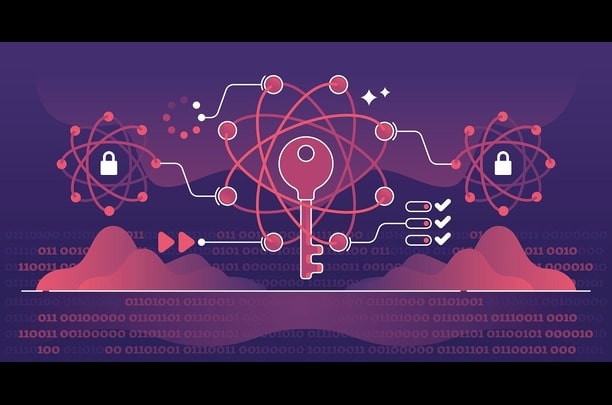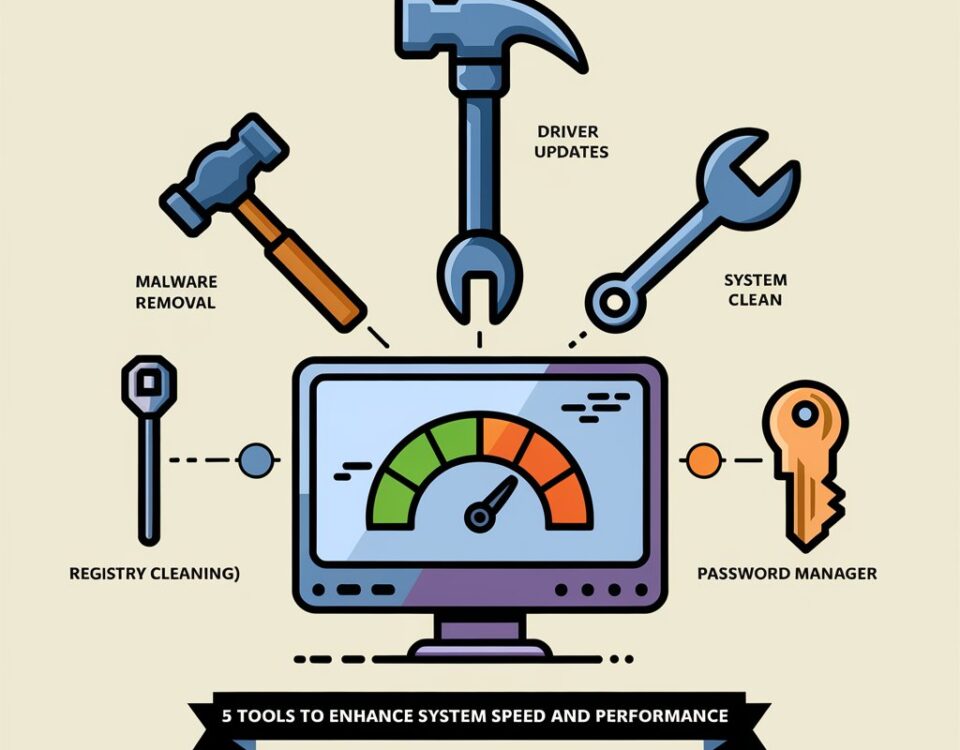
Generative AI’s Role in Security
October 2, 2024
7 Benefits of Using AI Chatbots for Your Business
January 20, 2025The demand for robust data protection is more critical than ever as global connectivity expands. Traditional cryptographic methods may not be sufficient in the coming era of quantum computing. This shift gives rise to quantum cryptography and networking—fields that leverage the principles of quantum mechanics to secure data and communications against future threats.
Quantum computers, when fully developed, could solve complex mathematical problems much faster than current classical computers. This capability poses a significant threat to traditional cryptographic systems that rely on these mathematical complexities for security. Quantum cryptography aims to address this challenge by making encryption methods quantum-resistant, ensuring secure communication channels even in the face of quantum computing advances.
What is Quantum Cryptography?
Quantum cryptography uses quantum mechanics principles to create encryption methods that are nearly impossible to break. In QKD, two parties share cryptographic keys using quantum particles, typically photons. The security of QKD lies in the fundamental properties of quantum particles—any attempt to intercept or measure these particles alters their state, immediately alerting both parties to the breach.
QKD offers significant advantages over classical cryptography. In classical systems, secure key distribution depends on computational hardness, which is vulnerable to quantum attacks. However, quantum cryptography guarantees unconditional security based on the laws of physics rather than mathematics.
How Quantum Networking Reinforces Security
Quantum networking goes beyond cryptography by enabling the transmission of quantum information across long distances, creating secure communication networks. The foundation of quantum networking is quantum entanglement, where two or more particles become interconnected, such that the state of one instantly affects the state of the other, even if they are separated by vast distances. This phenomenon is crucial for creating quantum internet, a new type of network that will revolutionize data transfer security.
In quantum networks, entangled particles act as secure communication channels. If a third party tries to eavesdrop on the communication, the entanglement is disrupted, making the attack immediately detectable. Quantum networks can significantly enhance the security of financial transactions, government communications, and healthcare data exchanges.
Applications and Benefits
1. Future-Proofing Cryptography:
Quantum cryptography offers a long-term solution to the security risks posed by quantum computers. By implementing quantum-resistant encryption methods today, organizations can protect sensitive data from future quantum attacks.
2. Ultra-Secure Communications:
The inherent properties of quantum mechanics make QKD and quantum networks immune to many forms of eavesdropping. This can be particularly useful in sectors such as defense, banking, and healthcare, where data integrity and confidentiality are paramount.
3. Quantum Internet:
The development of quantum networking will eventually lead to a quantum internet. This network will be capable of transmitting quantum information securely across vast distances, ensuring privacy and protection for users. Quantum internet could revolutionize cloud computing and IoT security.
4. Breaking the Distance Barrier:
Recent advancements have made strides in extending the range of quantum networks, bringing practical implementations closer to reality. Researchers are developing quantum repeaters, which boost quantum signals and maintain the integrity of entangled particles across long distances.
Conclusion
Quantum cryptography and networking represent the future of secure communication in a world where quantum computing is set to redefine data security. By leveraging the principles of quantum mechanics, these technologies ensure that communication systems remain secure even in the face of emerging quantum threats. From creating unbreakable encryption to enabling secure quantum networks, quantum cryptography is poised to revolutionize how we protect data and communication in the digital age.
Keywords: Quantum cryptography and networking, quantum key distribution, quantum internet, quantum-resistant encryption




